How To Minimize Taxes on Retirement Account Withdrawals

Retirement accounts, such as 401(k)s and Individual Retirement Accounts (IRAs), can be incredibly helpful in building your retirement savings. With their tax advantages, systematic growth, and easy accessibility, they work for everyone, irrespective of whether you are a pro investor or simply doing the bare minimum to secure your future.
However, the most important aspect of these accounts is not just the investment. It is the withdrawals. When the time comes to take money out, you need to make sure those withdrawals are tax-conscious and optimized.
How do you do that?
With a bit of planning, a clear understanding of the withdrawal rules, and ideally, a skilled financial advisor by your side to guide you.
What taxes do you owe on your retirement account withdrawals?
Before you move to avoiding taxes on IRA withdrawals and 401(k) distributions, you first need to know how these accounts are taxed. Let’s find that out.
If you have a Traditional 401(k), Traditional 403(b), IRA, or a Rollover IRA, the money you withdraw is treated as ordinary income. That essentially means it is taxed at your regular income tax rate, just like your salary used to be. The more you withdraw in a single year, the more your taxable income goes up, which, you guessed it, can push you into a higher tax bracket for the year. This can also have a ripple effect on other parts of your retirement finances. For example, a large withdrawal could increase the taxable portion of your Social Security benefits or even raise your Medicare premiums. So, timing and planning are crucial here.
Now, if you have a Roth account, such as a Roth IRA, Roth 401(k), or Roth 403(b), the story is completely different. Withdrawals from these accounts are tax-free as long as you follow the rules. These rules are quite straightforward. Typically, the account must be at least five years old, and you must be over 59½ years of age. Not only do you avoid paying income tax on these withdrawals, but they also do not count toward your taxable income. Hence, they will not affect Social Security taxes or Medicare premium calculations.
How can I avoid paying taxes on my IRA withdrawals and 401(k) distributions?
1. Bank on your Roth account for tax-free withdrawals
If you have a Roth IRA, you are in a great position in retirement, tax-wise. Unlike traditional IRAs or 401(k)s, Roth IRAs do not require you to take withdrawals during your lifetime. Therefore, your money can continue to grow tax-free as long as you keep it in the account. This gives you more control over your funds. And if you do not need the money, you can pass it to your heirs, still tax-free. Even a Roth 401(k) does require Required Minimum Distributions (RMDs) once you hit age 73, unless you are still working and not a 5% owner of the company.
Roth accounts also give you flexibility when it comes to withdrawals. You can withdraw the contributions you have made at any time, tax- and penalty-free. The earnings, however, are only tax-free if you meet two conditions:
- You are at least 59½, and
- It has been at least five years since you made your first contribution to any Roth account. This is known as the five-year rule.
Now, what about traditional IRAs and 401(k)s?
These accounts are tax-deferred, which means you get a tax break when you contribute, but you will have to pay taxes when you take the money out. If you withdraw too early, before age 59½, you could also face a 10% early withdrawal penalty. However, there are exceptions, and being aware of them can help you save money.
For example, you can avoid the penalty if you become permanently disabled, if you are the beneficiary of an inherited IRA, or if you use up to $10,000 for a first-time home purchase. Medical-related exceptions also exist. If you have unreimbursed medical expenses, higher than 7.5% of your Adjusted Gross Income (AGI), you can tap your IRA without the penalty. The same goes if you are paying for health insurance after losing your job. However, in this, you need to make sure the withdrawal does not exceed your insurance costs.
You can also avoid the penalty if the IRS puts a levy on your account, if you are called to active duty as a reservist, or if you take substantially equal periodic payments over your life expectancy. Additionally, qualified higher education expenses for yourself, your spouse, children, or grandchildren can be paid from your IRA penalty-free.
The bottom line is that you have options, but you need a plan.
2. Keep your RMDs straight as a couple - You and your spouse need separate RMD plans
Couples share a lot!
A home, may be a bank account, a tub of ice cream at midnight, happiness and sadness, and in this day and age, a Netflix password. However, your retirement accounts should be strictly individual. You can’t combine them, and you also can’t combine your RMDs.
Couples can make some blunders, especially when they file a joint tax return. On paper, it feels like everything is one big financial pot, and the money will come to the same household at the end of the day. But the IRS sees it differently. If both you and your spouse have RMDs due, each of you must take the correct amount from your own account. You cannot pool it all together.
Imagine this scenario: you and your spouse calculate the total of both RMDs, but you decide it is easier just to take the full amount from your spouse’s IRA. Unfortunately, this can be a big mistake. When you do this, you have technically failed to take your RMD from your own account.
What happens next?
Up to a 25% excise tax on the amount you should have withdrawn.
Steep, is it not?
If you catch the error quickly, you can get that penalty reduced to 10% by correcting it within two years. But even a 10% penalty can be quite damaging in retirement.
On top of that, your spouse has now overdistributed from their account, which can push them into a higher tax bracket and increase the overall taxes owed.
You have heard of win-win situations, right?
Well, this one is a classic lose-lose situation. But it can be avoided with a bit of attention to detail. Always take your RMDs separately, even if you file your taxes jointly. Work with your financial advisor or IRA custodian to ensure you are withdrawing from the correct accounts.
3. Make only qualified withdrawals
When it comes to taking money out of your retirement accounts, you are generally allowed to make qualified withdrawals from accounts like a 401(k) or an IRA after you turn 59½. Wait until then, and you avoid the dreaded 10% early withdrawal penalty. Take money out before that age, though, and you could face that penalty on top of the regular income taxes you owe on the withdrawal.
The same rules apply to both IRAs and 401(k)s, but there are a few exceptions that let you access your money early without paying the penalty. For instance, if you face an immediate and heavy financial need, you can make a hardship distribution from your 401(k). This could cover situations like major medical expenses, covering funeral expenses, buying your first home, preventing eviction or foreclosure, paying tuition, or repairing serious damage to your primary home. These are limited exceptions and may change over time, so make sure to explore all other options before tapping into your retirement funds early. Other than these, any early withdrawal is not qualified and can lead to taxes and penalties.
Once you are at the retirement age, you can start taking RMDs. These are the withdrawals the IRS requires you to take from certain retirement accounts once you hit a specific age, currently 73 for most people. Taking only the RMD or other qualified withdrawals generates a tax bill, but it helps keep this tax bill as low as possible while still giving you access to the funds you need.
4. Plan your distributions well
While you may not always be able to avoid taxes on IRA withdrawals and 401(k) distributions, you can lower them. Your tax bill is the result of everything added together. This includes RMDs from your 401(k), withdrawals from IRAs, pensions, part-time work, rental income, dividends, and even interest from the bank. Your 401(k) is not taxed in a vacuum. Instead, your total taxable income is considered, and then taxed according to your tax bracket. Therefore, if you want to lower the hit from one account, you need to balance it against the incoming revenue from the others.
Start by mapping out your income sources for the year on one page. List the RMDs and IRA withdrawals. Then ask, how much room do you have left in your current tax bracket before you spill into the next one? If your RMDs already push you close to the top of a bracket, consider pulling less from other tax-deferred accounts and covering the gap with cash savings or a taxable brokerage account. A common approach is first to use taxable accounts, then tap tax-deferred accounts, and save Roth money for last, since qualified Roth withdrawals are tax-free.
You must also watch for hidden ripple effects. Higher withdrawals can increase how much of your Social Security benefit is taxed, and a bigger income year can also trigger higher Medicare premiums in the future. Delaying Social Security can increase your monthly check later, which is beneficial for longevity risk. However, a higher benefit can result in more taxable Social Security in later years.
It is important to smooth out spikes where you can. If you know a large RMD is coming, you can trim other distributions that year to make room. And speak to a financial advisor who can help you coordinate your RMDs, Social Security timing, and withdrawals across accounts, so you keep more of what you have saved.
5. Roll over a 401(k) to an IRA, but a Roth IRA
A rollover transfers the money from your 401(k) into an IRA. Whether or not to do this is ultimately a personal decision, but it can potentially lower taxes down the road.
Here’s how it works. Most people contribute to a 401(k) with pre-tax dollars and do not pay income tax on that money yet. When you roll that money into a Roth IRA, you are converting it from pre-tax to after-tax dollars. You will now owe income tax on the amount you convert in the year you do the rollover. Yes, that part can sting a little, but the trade-off is that once your money is in a Roth IRA, it grows tax-free and withdrawals in retirement are completely tax-free too, as long as you meet the age and holding requirements.
You also have two options for the rollover process. A direct rollover sends the money straight to your new Roth IRA account. An indirect rollover, on the other hand, gives you the money. And, you then have 60 days to deposit it into the new IRA. If you miss the 60-day window, the withdrawal is taxed, and if you are under 59½, you will likely owe a 10% early withdrawal penalty in addition to the taxes.
Once the money is in your Roth IRA, it will no longer be taxed ever. No RMDs to worry about and definitely no tax that you need to plan for. You can just let it grow, tax-free, for as long as you want.
Final takeaways on how to minimize taxes on IRA withdrawals and 401(k) distributions
Look at all your income sources and plan your withdrawals in a manner that keeps you in a lower tax bracket whenever possible. Do not try to figure all of this out on your own. And speak to a financial advisor. Use our free advisor match tool to connect with 2 to 3 vetted financial advisors who can provide the help you need.
It is also important to separate your withdrawals from your spouse’s. Retirement accounts are owned individually, and taking all the withdrawals from just one account can create unnecessary tax penalties.
Additionally, stick to qualified withdrawals to avoid the 10% early withdrawal penalty. If you are thinking about moving your money around, consider a rollover to a Roth IRA earlier in retirement. Yes, you will pay taxes on the rollover now, but the benefit is tax-free withdrawals later and no RMDs for the rest of your life.
For additional information on minimizing your tax burden when planning your retirement account withdrawals, visit Dash Investments or email me directly at dash@dashinvestments.com.
About Dash Investments
Dash Investments is privately owned by Jonathan Dash and is an independent investment advisory firm, managing private client accounts for individuals and families across America. As a Registered Investment Advisor (RIA) firm with the SEC, they are fiduciaries who put clients’ interests ahead of everything else.
Dash Investments offers a full range of investment advisory and financial services, which are tailored to each client’s unique needs providing institutional-caliber money management services that are based upon a solid, proven research approach. Additionally, each client receives comprehensive financial planning to ensure they are moving toward their financial goals.
CEO & Chief Investment Officer Jonathan Dash has been profiled by The Wall Street Journal, Barron’s, and CNBC as a leader in the investment industry with a track record of creating value for his firm’s clients.







.jpg)



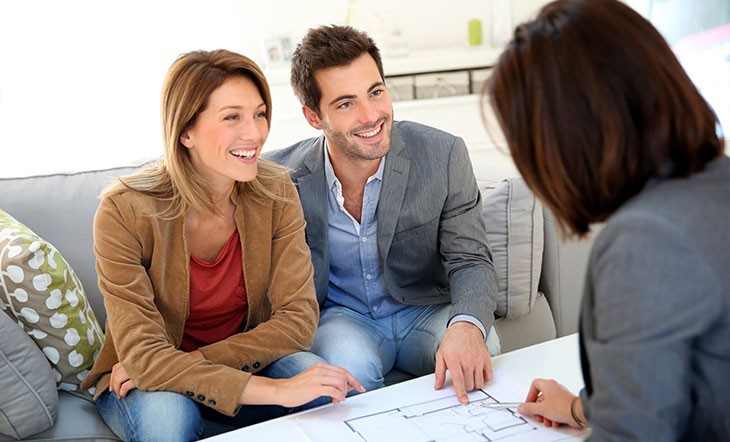









.jpg)




.jpg)


.jpg)



.jpg)

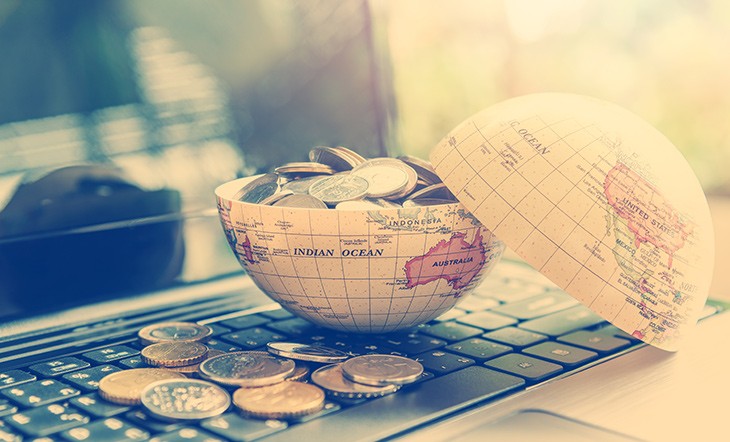












.jpg)








.jpg)

.jpg)






.jpg)

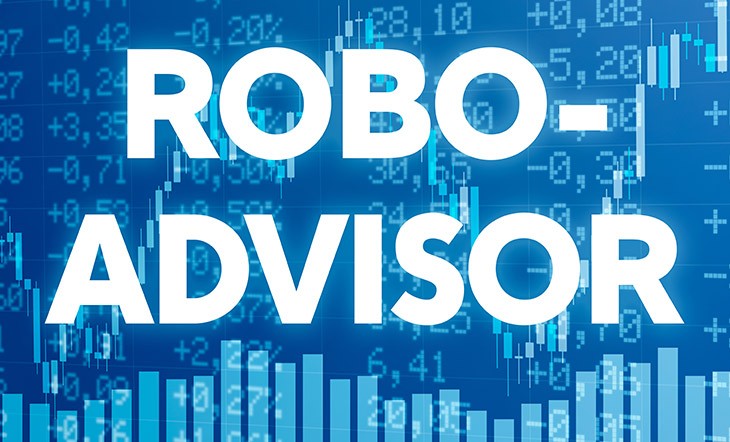
.jpg)

.jpg)






.jpg)




.jpg)


.jpg)


.jpg)




.jpg)

.jpg)
.png)

.jpg)




.jpg)
.jpg)




.jpg)
.jpg)
.jpg)


.jpg)
.jpg)

.jpg)

.jpg)
.jpg)




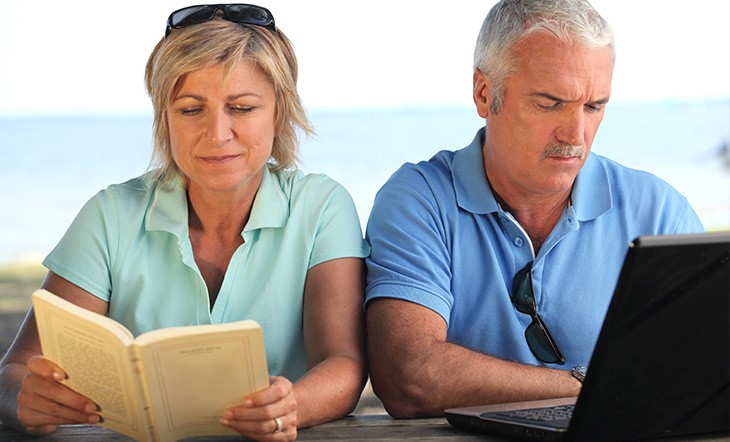


.jpg)
.jpg)
.jpg)

.jpg)
.jpg)

.jpg)
.jpg)
.jpg)

.jpg)


.jpg)


.jpg)


.jpg)
.jpg)
.jpg)
.jpg)

.jpg)


.jpg)






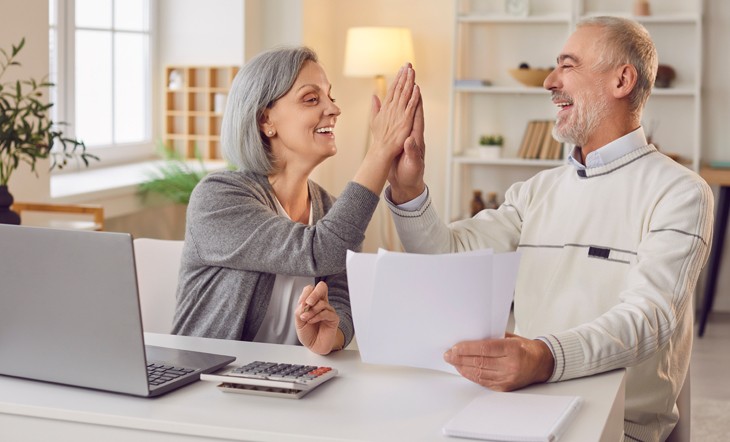


.jpg)

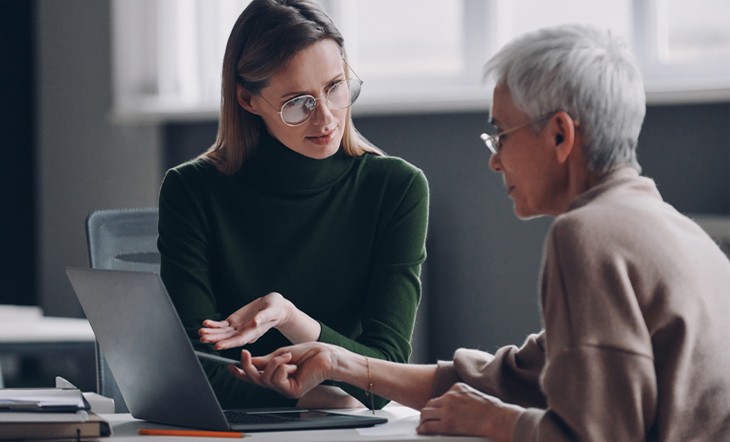





.jpg)
.jpg)





.jpg)









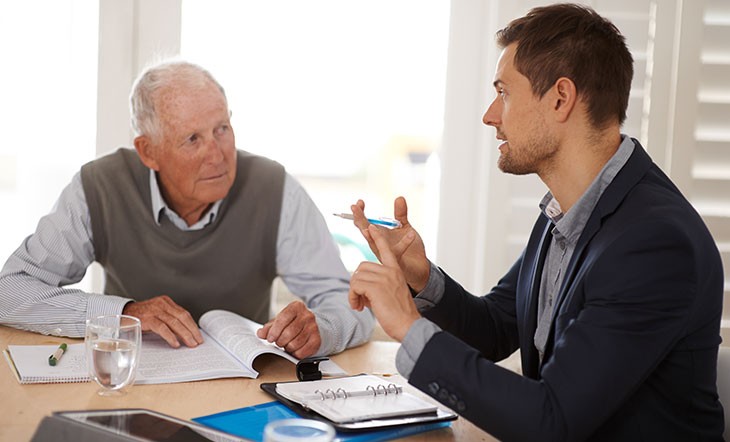
.jpg)



